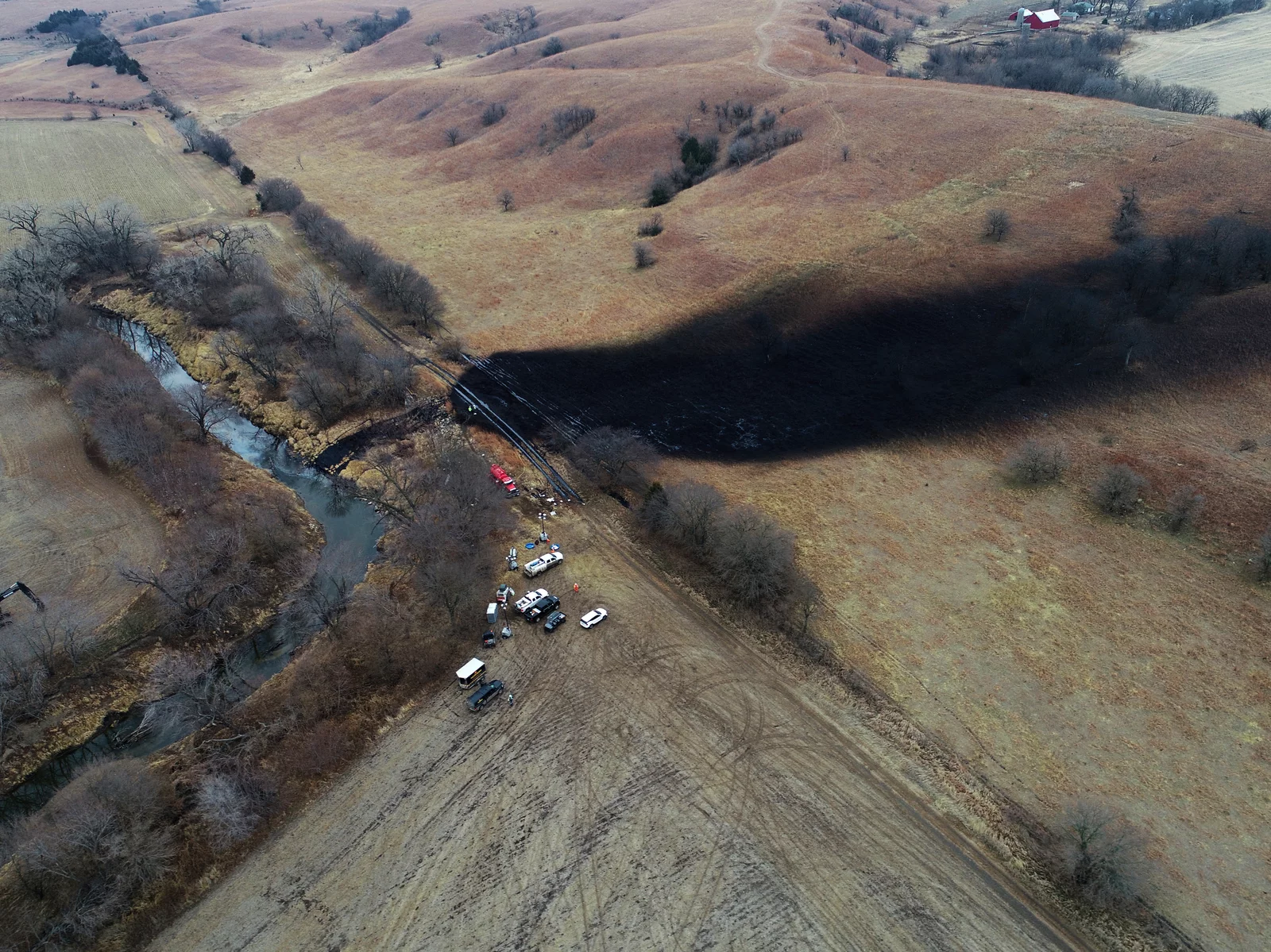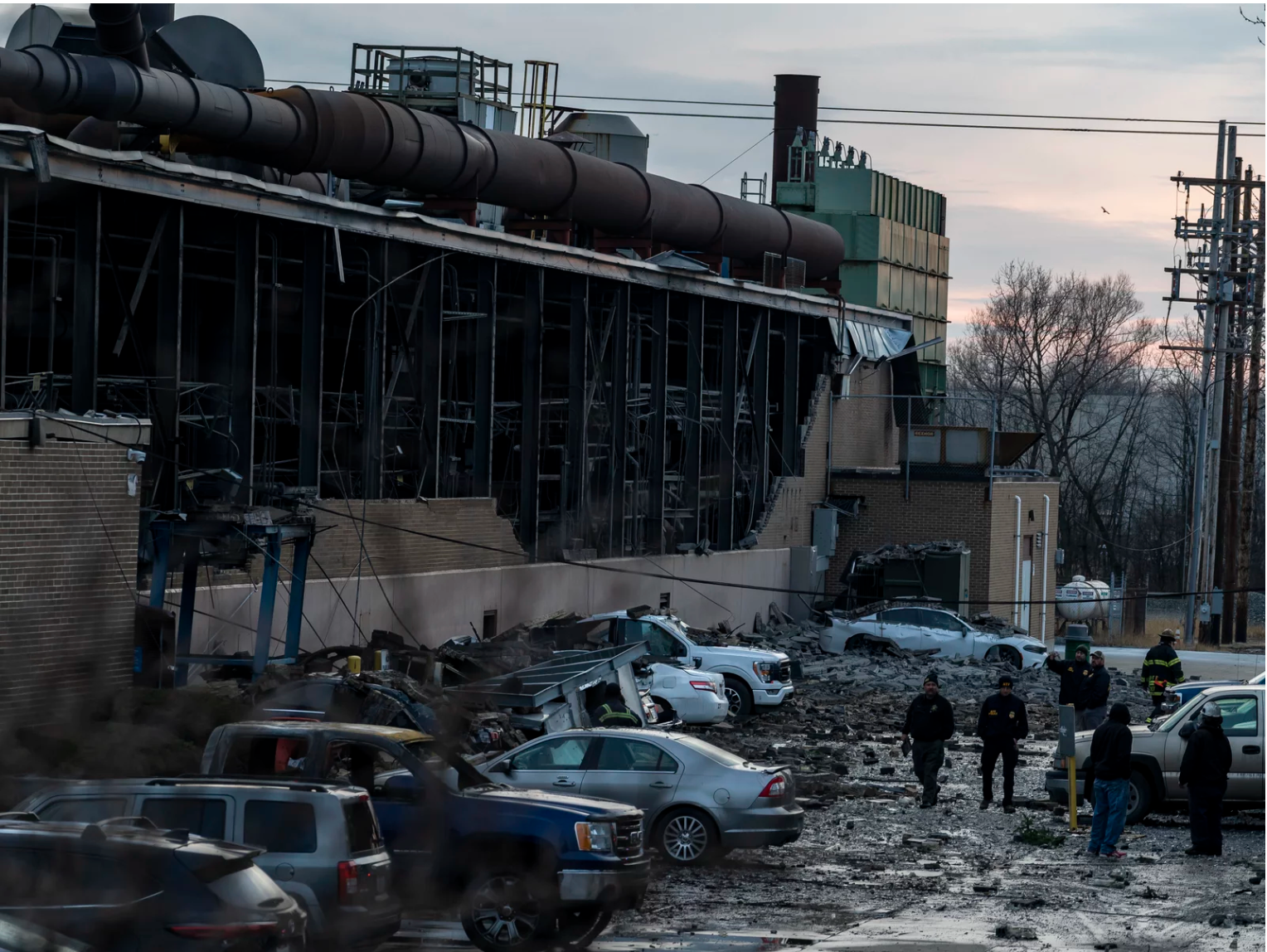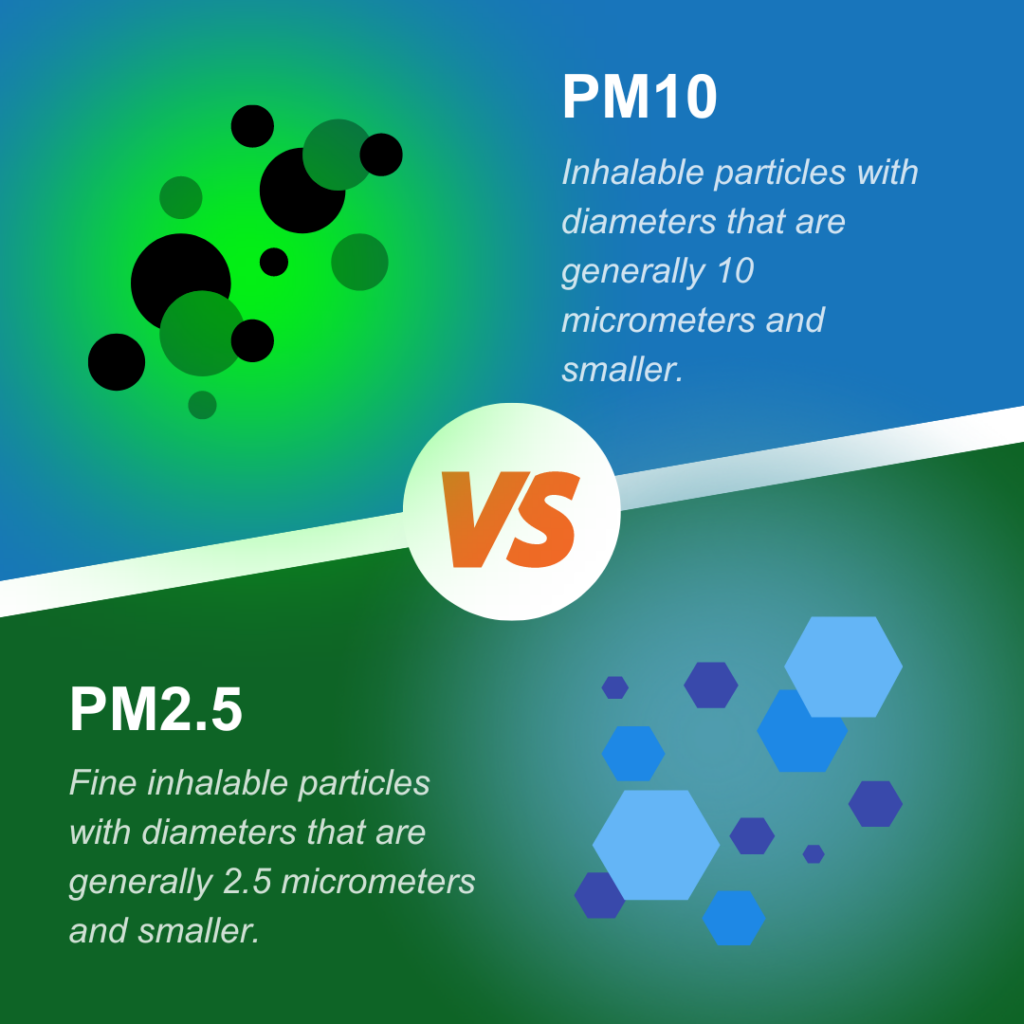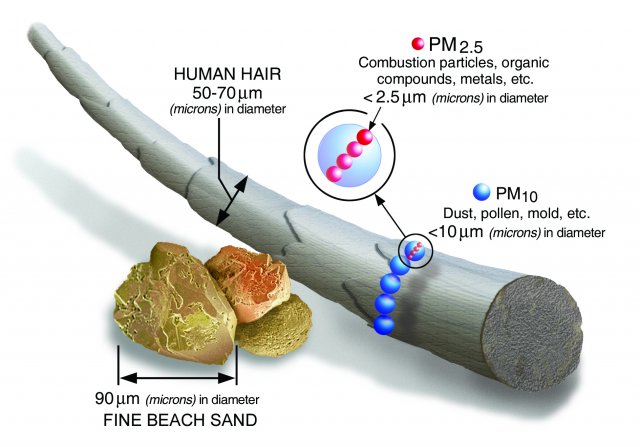New EPA Soot Pollution Standard 2024
Elizabeth Ruiz
Posted 2/21/2024
On February 7, the Environmental Protection Agency (EPA) announced a final Soot Pollution Standard to limit fine particle pollution, which includes soot (black carbon). The adjustment of the standard from a level of 12 micrograms per cubic meter to 9 is expected to prevent up to 4,500 premature deaths and 290,000 lost workdays, as well as increase money for health benefits by 2032. (epa.gov) Facility owners will be required to provide plans of how their organizations will meet the new standard. Facilities currently in the process of construction will need to adjust. (Manufacturing Dive)
The EPA was able to come to this decision based on technical information, public comments/concerns, and evidence gathered from its Clean Air Scientific Advisory Committee which consists of scientists in the toxicology, environmental, and medical fields. (EPA and Manufacturing Dive)
Naturally, along with positive feedback from community leaders and members, there is some pushback from the manufacturing industry about the new regulations (Manufacturing Dive).
This article will give an overview of these opinions, explain what fine particulate matter pollution is and where it comes from, and the health issues it is known to cause.
So, What is Fine Particle Pollution, Soot, Black Carbon?
The EPA defines particulate pollution as a mixture of solid particles and liquid droplets existing in the air. Some, such as dust, dirt, soot, and smoke are large or dark enough to be visible. Others must be detected with an electron microscope. These two types:
Some particles are emitted directly from sources such as construction sites, unpaved roads, fields, smokestacks, or fires. Most particles form in the atmosphere by complex reactions of chemicals such as sulfur dioxide and nitrogen oxides—pollutants emitted from power plants, industries, and vehicles.
Because these particles are so small and so common in the environment, they can be inhaled and cause serious health issues. Some of the particles less than 10 micrometers can enter the lungs and possibly bloodstream. The defined “fine” particles are most hazardous to our health. (EPA)
According to the Climate & Clean Air Coalition (CCAC), Black carbon increases the warming of the atmosphere and alters weather patterns and ecosystem cycles. It has a direct and significant effect on climate, weather, agriculture, and human health. Industries responsible for high emissions include:
- Household Energy
- Transport
- Industrial Production
- Agricultural Burning
- Waste Burning
- Fossil Fuels
(CCAC)
The EPA says, “A broad and growing body of science links particle pollution to a range of serious and sometimes deadly illnesses. Many studies show that these microscopic fine particles can penetrate deep into the lungs and that long- and short-term exposure can lead to asthma attacks, missed days of school or work, heart attacks, expensive emergency room visits and premature death.” (EPA)
The CCAC reports that fine particulate matter air pollution has been linked to health issues such as premature death in adults with heart and lung disease, strokes, heart attacks, chronic respiratory diseases such as bronchitis, aggravated asthma, and other cardio-respiratory symptoms. (CCAC)
Differing Opinions on the Soot Pollution Standard
In Support
As with anything else, the new standard is meeting mixed reviews. According to the EPA, public health leaders, environmental advocacy communities, and many federal and state government leaders are enthusiastic about the regulations. Many organizations such as the Medical Society Consortium on Climate and Health, the American Thoracic Society, and The Natural Resources Defense Council had positive comments. For example, Paul Billings, Senior VP for Public Policy with the American Lung Association is quoted in this statement:
The new, stronger particle pollution standards will save lives. Despite what polluting industries are saying about the new air pollution standards, the sky will not fall and the world will not come to end. Don’t believe the cherry-picked data, misleading maps and false claims of economic calamity: they’re just not true.
Paul Billings, American Lung Association
EPA estimates that in 2032, the nation will see 4,500 fewer premature deaths, 290,000 fewer lost workdays, 800,000 fewer cases of asthma symptoms and 2,000 fewer emergency department visits from the new standards. That’s not a calamity, the new standards are a lifesaver.
The American Lung Association looks forward to working with states and EPA to implement these new standards to maximize air pollution reductions and public health protections while still allowing for economic growth – as always happens with implementing the Clean Air Act.”
Opposing Viewpoints
These sentiments clash with those of many manufacturing groups, who say it will be more difficult to build new factories and create the new jobs that come with them (Manufacturing Dive). The National Association of Manufacturers (NAM) claims that the new regulations will force communities to choose if investments can proceed or not without violating the standard, reduce the US GDP by $200 billion, and cost one million jobs by 2031. Because standards are different in other countries, they argue that outside manufacturing investment in the US would decrease.
Our readers are maintenance professionals, manufacturing professionals, leaders and community members all affected by the new regulations. Please let us know your thoughts in the comments.
Sources:
New EPA Standard on Fine Particle Pollution
Manufacturing Dive – EPA lowers maximum soot pollution emissions
Climate & Clean Air Coalition – Black Carbon

Midweek with Maintenance World
Looking for a midweek break? Keep up with the latest news brought to you by the Maintenance World Crew.
Related Articles

Cardinal Manufacturing, Helping to Bridge the Manufacturing Skills Gap

South Carolina Ranked as the #1 State for Manufacturing

The Decade of American Reshoring
Lost Radioactive Capsule Proves Preventive Maintenance is as Important as Ever

HBD Condition Monitoring Devices at the center of Ohio Derailment

Failure Analysis Uncovers the Cause of the Keystone Oil Spill






